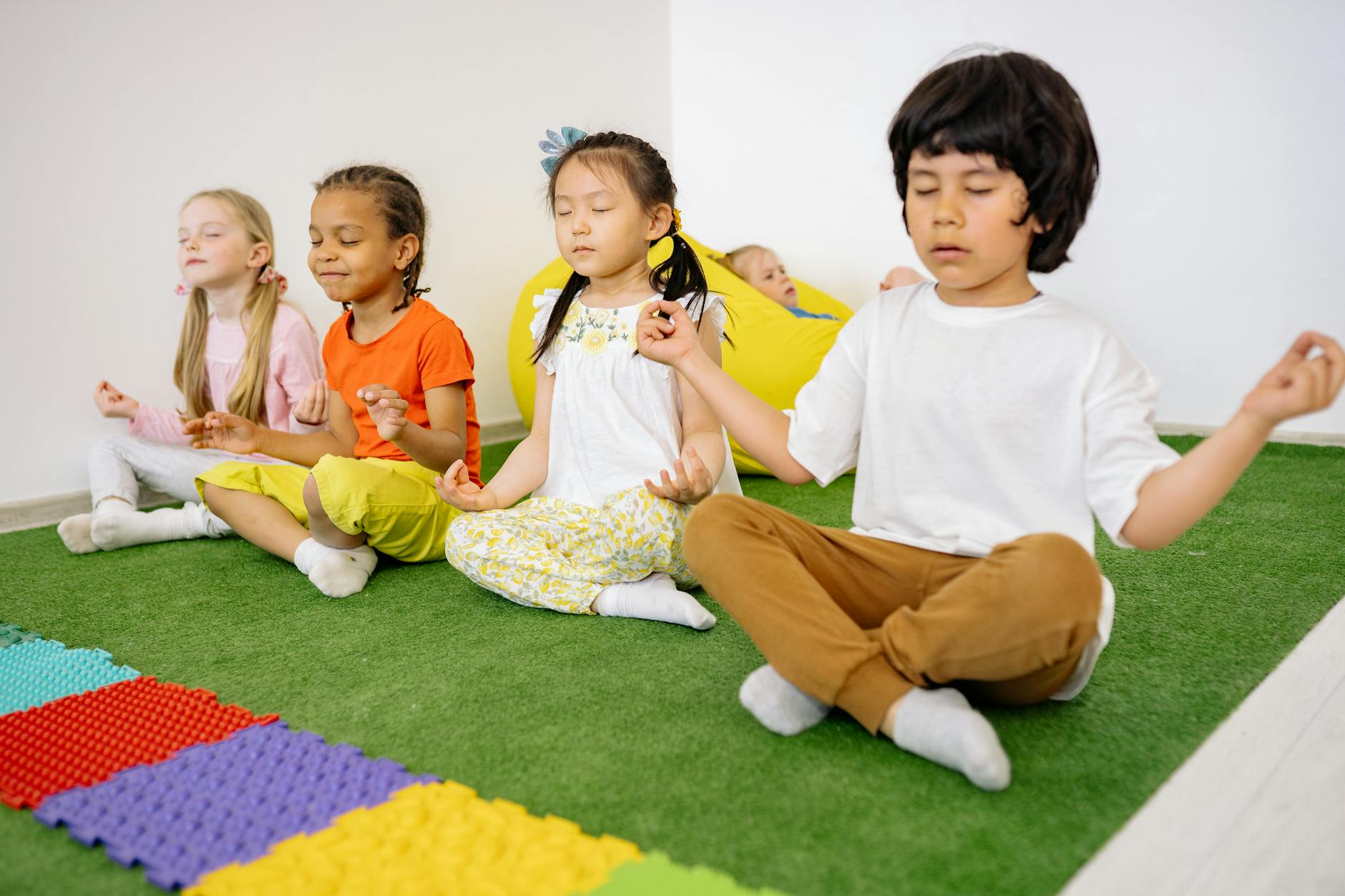Teaching isn’t just about math, reading, or science. It’s also about helping students grow as people. Many kids bring big feelings and strong reactions into the classroom. Dialectical Behavior Therapy, or DBT, began as a mental health treatment. Today, educators are using DBT’s core skills in schools to help all students—especially those dealing with tough emotions or challenging behaviors. You don’t need special training to use DBT skills. With simple strategies, you can make your classroom a safe space for emotional learning and connection.
DBT Overview: Building Blocks for Emotional Growth in Schools
DBT rests on four main skill areas: mindfulness, distress tolerance, emotion regulation, and interpersonal effectiveness. These ideas aren’t just for therapy. They fit right into class routines, group work, and even hallway chats.
- Mindfulness helps students pause, notice their feelings, and focus on the present. A student struggling with frustration can use a quiet minute to reset before jumping back in.
- Distress Tolerance gives kids tools for tough times, like taking deep breaths or squeezing a stress ball during a quiz.
- Emotion Regulation helps students spot the signs of big emotions and use strategies to calm themselves, such as naming their emotion or moving to a quieter part of the room.
- Interpersonal Effectiveness builds people skills, like asking for help, listening well, or handling conflicts with classmates respectfully.
Schools across the country are using a program called DBT STEPS-A Curriculum. This program gives teachers lessons and classroom activities based on DBT skills, tailored for school—not therapy—settings. With these tools, any teacher can help students manage emotions and build social skills as part of the school day.
Classroom Strategies for Teaching and Reinforcing DBT Skills
Teachers see students at their best and worst. By weaving DBT skills into your teaching, you give students tools for life, not just academics. Here are practical, classroom-friendly ways to bring DBT into your room.
- Use daily or weekly emotional check-ins so students start naming their feelings.
- Build a feelings vocabulary wall so kids have the words they need.
- Offer calm-down passes for students who need to leave and cool off before reacting.
- Practice group role-play to learn assertive communication and how to ask for help.
- Try short mindfulness breaks, like breathing exercises, to help everyone center themselves.
These approaches can lower classroom drama, boost connections between students, and build emotional awareness. You can find lesson materials and posters in resources such as the DBT Skills in Schools curriculum.
Quick Emotional Check-Ins and Vocabulary Walls
Daily check-ins don’t need to be complicated. Start class with a simple question: “How are you feeling today?” Allow students to pick from a chart or color card that matches their emotions. Some teachers use an emotion wheel or feelings thermometer for a visual touch.
A vocabulary wall is like a word bank for feelings. Pin up words and faces for common emotions—happy, sad, scared, excited, frustrated, calm. Let students suggest new words as they learn them; this keeps the wall fresh and relevant.
Prompts for check-ins:
- What color matches your mood today?
- If your feeling was a weather report, what would it be?
- Share a word from the emotion wall that fits you right now.
These small steps help students tune in to how they feel and communicate it better.
Calm-Down Passes and Private Coping Spaces
When students feel overwhelmed, they need a safe way to cope. Calm-down passes give kids permission to step away and regain control without getting in trouble. You can use a card, token, or even a soft object that a student places on their desk before exiting.
Set up or designate a private spot as your calm zone. This doesn’t have to be fancy—a quiet corner with a pillow, a feelings journal, or some sensory toys works well. Make sure all students know how the system works, what’s expected, and that using the space isn’t “bad” or “punishment”.
Tips for Success:
- Explain the calm-down system to the whole class.
- Normalize its use by showing that everyone needs breaks sometimes.
- Reinforce with positive feedback when students request breaks appropriately.
Group Role-Play and Mindfulness Practices
Role-playing is a hands-on way for students to practice DBT skills. Set up scenarios: asking a peer nicely to share, saying “no” without shouting, or working through misunderstanding in a group project.
Short mindfulness activities help focus minds and calm bodies. Try guided breathing, where you count breaths in and out as a class. Use mindful listening—have students close their eyes and notice sounds for 30 seconds. Or use a sensory prompt, like holding a smooth object and noticing how it feels.
For more ideas, Promoting Mindfulness in the Classroom: DBT STEPS-A Techniques for Teachers offers useful techniques.
Overcoming Challenges and Fostering a Supportive Classroom Culture
Teachers sometimes worry about having enough time, student buy-in, or kids feeling embarrassed when using emotional tools. Remind yourself that even tiny efforts matter. Modeling DBT skills yourself sets the tone for everyone. Praise honest communication and respect privacy when students use coping strategies.
A supportive classroom culture grows over time. When DBT strategies become part of the routine, students start to support each other. They remind classmates to breathe or take breaks, showing real care.
Quick suggestions for building a positive environment:
- Post DBT-inspired reminders around the classroom.
- Invite families to learn about emotional skills you’re teaching. Try sending home mini “skill of the week” notes.
- Include school counselors or social workers in planning and problem-solving efforts.
- Remember, consistent small steps lead to big shifts in classroom community.
Conclusion
Teachers play a central role in shaping not just minds, but hearts. Bringing DBT skills into the classroom doesn’t require a therapy license—just a willingness to try, consistency, and empathy for students. Each strategy and moment of patience helps kids handle big feelings, supports classroom peace, and, most importantly, teaches them they’re not alone with their emotions.
If you want to dig deeper into classroom-ready DBT strategies, check out resources like the DBT STEPS-A Curriculum. With understanding, the right tools, and daily practice, every teacher can help students build emotional strength for life.
Whether you’re a teacher in the classroom or a parent trying to guide your child at home, this guide breaks down the essentials so you can begin right away.


Leave a Reply